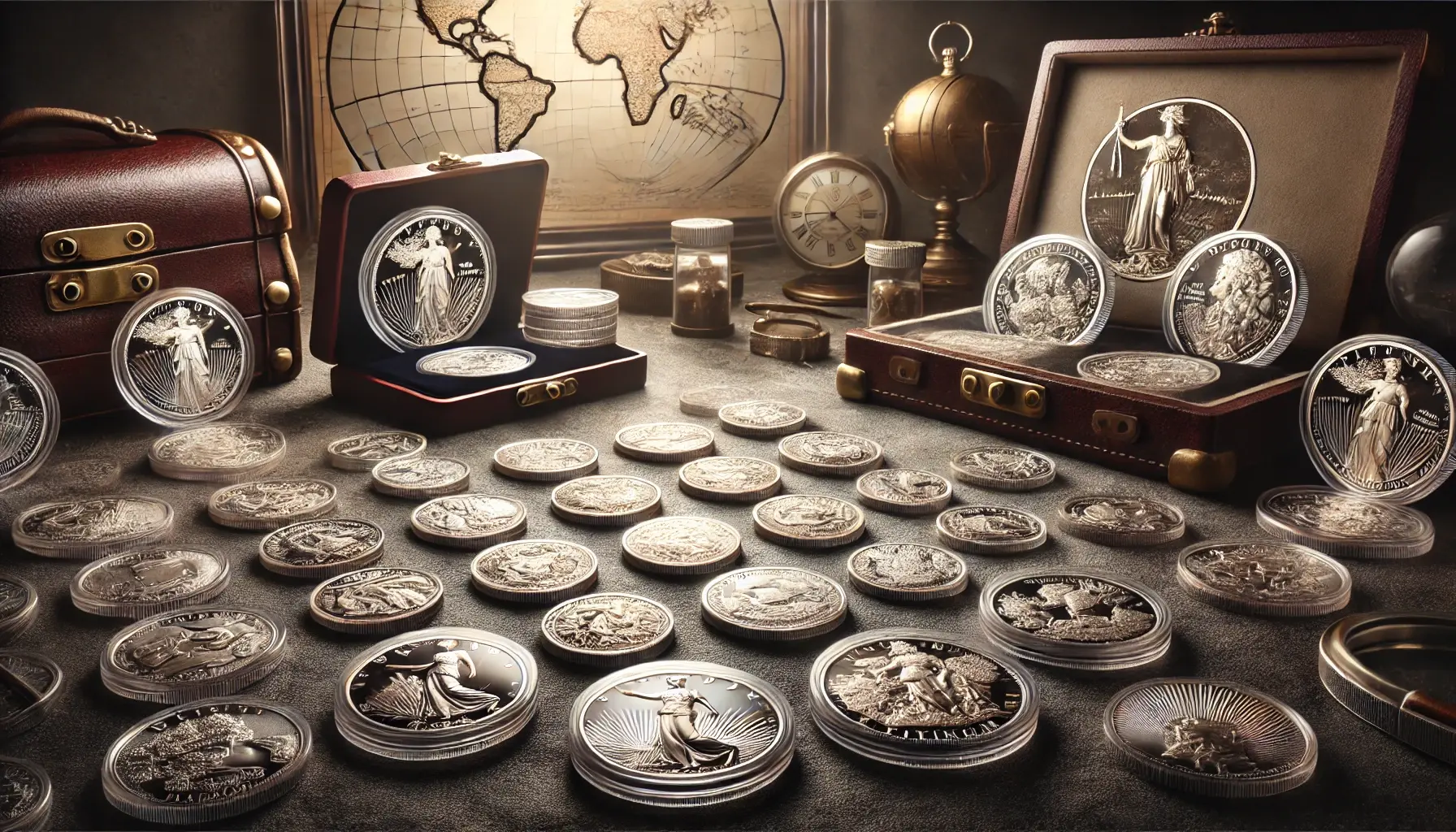
Diversification is a fundamental principle of sound investing, aimed at spreading risk across different asset classes to achieve a balanced portfolio. While gold and silver have long been popular choices for precious metal investments, many investors overlook the potential benefits of diversifying their portfolios with platinum and palladium. These two lesser-known precious metals offer unique advantages that can enhance your portfolio's performance and provide additional protection against market volatility. In this article, we will explore the benefits of adding platinum and palladium to your investment strategy and why they deserve a place alongside traditional investments.
1. Diversification Beyond Gold and Silver
Gold and silver are often the go-to metals for investors seeking a hedge against inflation and economic uncertainty. However, relying solely on these metals can limit the diversification potential of your portfolio. Platinum and palladium offer diversification within the precious metals category, as their market dynamics differ from those of gold and silver.
Platinum and palladium are primarily used in industrial applications, particularly in the automotive industry, where they play a crucial role in catalytic converters. This industrial demand creates a different set of factors that influence their prices, making them less correlated with gold and silver. By including platinum and palladium in your portfolio, you gain exposure to different market drivers, reducing the overall risk and enhancing the stability of your investments.
2. Strong Industrial Demand
One of the key advantages of investing in platinum and palladium is their strong industrial demand. Both metals are essential in the production of catalytic converters, which are used to reduce harmful emissions in vehicles. As global environmental regulations become more stringent, the demand for these metals is expected to increase, particularly in emerging markets where vehicle production is on the rise.
In addition to the automotive industry, platinum is also used in the production of jewelry, electronics, and medical devices, while palladium is used in electronics, dentistry, and hydrogen purification. This broad range of industrial applications ensures a steady demand for these metals, providing investors with opportunities for growth as these industries expand.
3. Supply Constraints and Price Potential
Unlike gold and silver, which are mined in several countries around the world, platinum and palladium supply is more concentrated. The majority of platinum comes from South Africa, which accounts for about 70% of global production, while palladium is primarily mined in Russia and South Africa. This concentration of supply means that geopolitical events, labor strikes, and other disruptions in these regions can have a significant impact on the prices of these metals.
Supply constraints, coupled with rising industrial demand, create the potential for price appreciation over time. For example, palladium prices have surged in recent years due to a combination of strong demand from the automotive sector and limited supply. Investors who include platinum and palladium in their portfolios can benefit from these price movements, potentially achieving higher returns than with gold and silver alone.
4. Inflation Hedge and Safe-Haven Appeal
Like gold and silver, platinum and palladium can also serve as a hedge against inflation and a safe-haven asset in times of economic uncertainty. While they are more closely tied to industrial demand, their intrinsic value and limited supply make them valuable stores of wealth.
During periods of high inflation or economic instability, investors often flock to precious metals as a way to protect their purchasing power. Platinum and palladium, with their unique supply-demand dynamics, can provide additional diversification within the safe-haven category, offering protection against a broader range of risks.
5. Long-Term Growth Potential
The long-term growth potential of platinum and palladium is supported by several macroeconomic trends. The global shift towards cleaner energy and stricter emissions regulations is likely to drive continued demand for these metals in the automotive industry. Additionally, as emerging markets develop, the demand for vehicles and other industrial products that require platinum and palladium is expected to grow.
Investing in platinum and palladium allows investors to capitalize on these trends while also benefiting from the potential supply constraints that could lead to price increases. As part of a diversified portfolio, these metals offer the opportunity for long-term capital appreciation, complementing the stability provided by gold and silver.
6. Portfolio Balance and Risk Mitigation
Adding platinum and palladium to your portfolio can help balance the risks associated with other investments. For example, while stocks and bonds may be negatively impacted by inflation or economic downturns, platinum and palladium can provide a counterbalance due to their safe-haven appeal and industrial demand.
Moreover, the different factors that influence the prices of these metals compared to gold and silver can help mitigate the overall risk in your portfolio. By diversifying across multiple precious metals, you can reduce your exposure to any single market or economic event, creating a more resilient investment strategy.
Conclusion
Diversifying your portfolio with platinum and palladium offers several benefits, including exposure to different market drivers, strong industrial demand, potential for price appreciation, and protection against inflation and economic uncertainty. These metals provide a unique opportunity to enhance your investment strategy, complementing traditional assets like gold and silver.
As with any investment, it’s important to conduct thorough research and consider your financial goals before adding platinum and palladium to your portfolio. By doing so, you can create a more balanced and diversified portfolio that is better equipped to navigate the complexities of the global economy.
